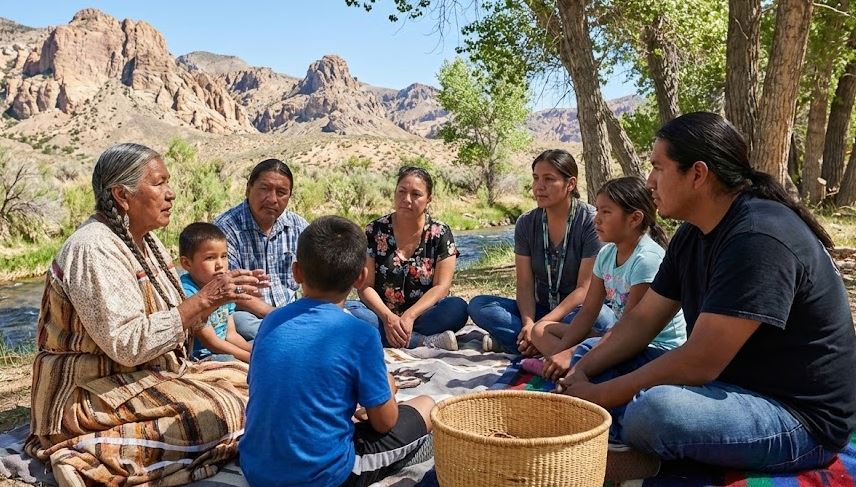California's First People: A Mosaic of Indigenous Cultures
California was home to one of the most diverse indigenous populations in North America. With over 100 distinct languages and a wide range of social structures and customs, these tribes were as varied as the environments they inhabited. Some key groups include:
The Chumash: These skilled mariners and traders lived along the central and southern coast. They were renowned for their beautiful plank canoes, called tomols, which allowed them to navigate the ocean and establish trade networks with other tribes. The Chumash also developed a unique rock art tradition and sophisticated social structures.
The Pomo: Inhabiting the northern coastal regions, the Pomo were known for their intricate basketry, considered some of the finest in the world. They were also skilled fishers and hunters, and their villages were often located along rivers and streams.
The Miwok: Living in the central Sierra Nevada foothills and the Bay Area, the Miwok were diverse in their languages and lifestyles. Some were hunter-gatherers, while others practiced agriculture. They were known for their acorn processing techniques and their roundhouse structures.
The Yokuts: Inhabiting the San Joaquin Valley, the Yokuts were skilled in managing the resources of the grasslands and riparian areas. They were known for their elaborate ceremonies and their use of tule reeds for crafting baskets, mats, and even boats. The Hupa: Located in the northwestern corner of the state, the Hupa were known for their elaborate redwood plank houses and their complex social hierarchy. They were also skilled salmon fishers and held important ceremonies related to the fish.
The Mojave: Living in the Mojave Desert, this tribe adapted to the harsh environment, relying on agriculture and trade for survival. They were known for their pottery, cremation practices, and their role in regional trade networks.
A Legacy of Resilience:
The history of California's indigenous people is marked by resilience in the face of immense challenges. The arrival of Europeans brought disease, displacement, and conflict, dramatically impacting their populations and traditional ways of life. However, many tribes have persevered, working to revitalize their languages and cultures.
Exploring their History:
Today, California offers numerous opportunities to learn about its rich indigenous heritage. Museums, cultural centers, and historical sites provide insights into the diverse traditions and histories of the state's first people. Visiting these places and engaging with tribal communities allows us to gain a deeper understanding of the enduring legacy of California's Native Americans.



